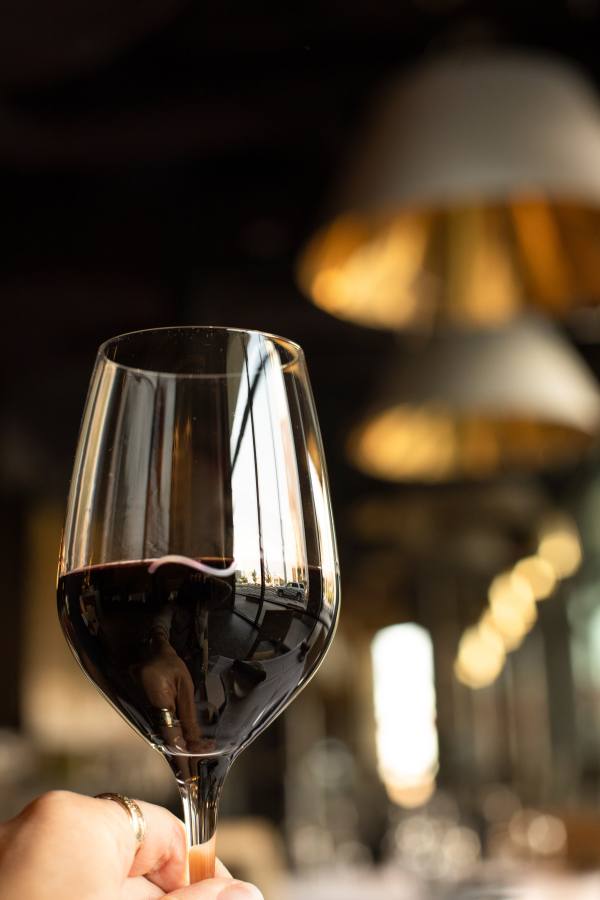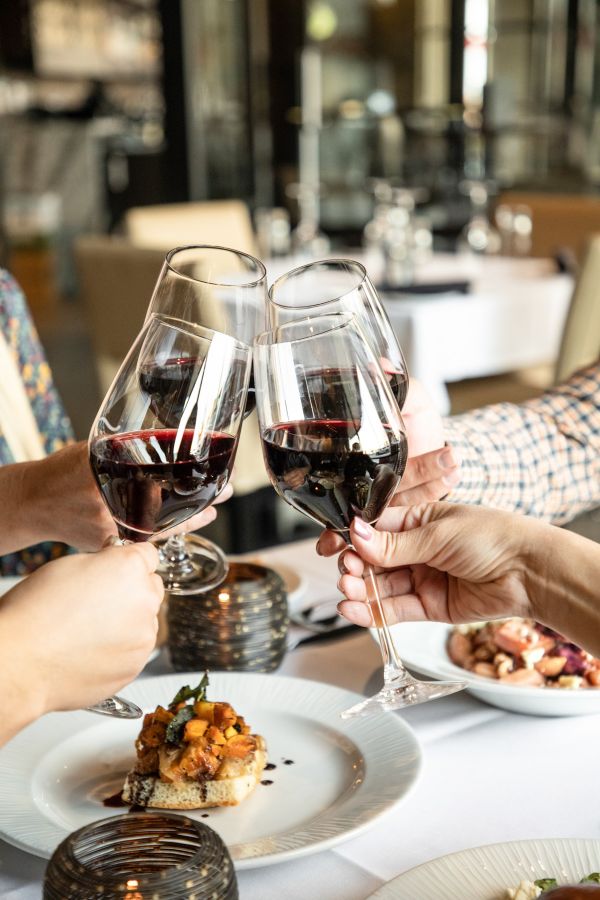
Did you know that red wine drinkers are likelier to call themselves wine aficionados? But let’s be honest; you don’t need to be a wine expert to enjoy a good glass of wine.
However, it is nice to know what to look for when ordering wine at your favorite restaurant. That’s why we’ve created this quick wine for beginners guide.
Keep reading as we teach you how to evaluate wine.
It’s All About the Senses
Well, of course, it’s all about the senses; you do drink it, after all. You can’t actually enjoy it unless you taste it. Yet evaluating wine is about more than your tastebuds; it’s about appearance and smell as well. All these elements come together to create the perfect experience.
The Look
When it comes to evaluating wine, your first impression starts with the appearance. Take a moment to observe the color and clarity of the wine in your glass.
Is it pale yellow, deep ruby red, or somewhere in between? Pay attention to its intensity and any visual clues that might hint at its age or varietal.
The Smell
Next, give the glass a little swirl and bring it to your nose. Inhale deeply and notice if there are any fruity notes like berries or citrus, floral hints such as lavender or jasmine, or even earthy undertones like tobacco or leather. Trust your senses; there are lots of interesting aromas in wine that you might not expect.
The Taste
Now for the moment we’ve all been waiting for, tasting!
As a beginner, you might be wondering what exactly to look for when you take that first sip.
The primary elements to focus on are sweetness, acidity, tannin (for red wines), and body. These characteristics help determine the overall balance and structure of the wine.
Take a small sip of the wine and let it coat your tongue. Pay attention to its texture.
Is it light-bodied and crisp, medium-bodied with some weight, or full-bodied with a rich mouthfeel? Explore how the flavors unfold on your palate – from sweet fruits like cherries or peaches to savory elements like spices or herbs.

Think About It
When it comes to tasting and evaluating wine, there’s more to it than just sipping and enjoying the flavors. Or is there? At Richard’s we love wine, and we love how it enhances and elevates a meal. But if you love a certain red wine then you love it. Wine is subjective, and you don’t need to be a wine geek to enjoy it.
You might be drawn to sweeter wines or wines with more tannins. Some wines are great drunk on their own (think rosé on a warm day outside!), while other wines really do come into their own with food—most typically Old World wines. So consider whether a particular wine meets your personal preferences and when you’re drinking it.
Wine for Beginners Simplified
You don’t have to be a wine aficionado to enjoy a glass or a bottle of wine at Richard’s. Chef Richard Langston curates our wine list based on his menu and what he thinks goes well with his food. Our waitstaff and bar staff receive wine and food pairing training daily, and they are happy to answer your questions—whether it’s a recommendation of a wine to pair with your meal, or just how to pronounce the name.
We have an extensive by-the-glass list, so if you’re just getting your feet wet in the world of wine, try a glass before you commit to a bottle. You might be surprised to discover that there are great wines being produced in Idaho, or in an obscure winery in Italy.
It’s fun to compare the same varietals made in different parts of the world. You can really taste how the different terroir (wine geek term alert!) affects the wine.
Take the time to try different wines and find the ones that best match your style, and soon you’ll be moving on from wine for beginners to having a deeper knowledge of the wines you love.

